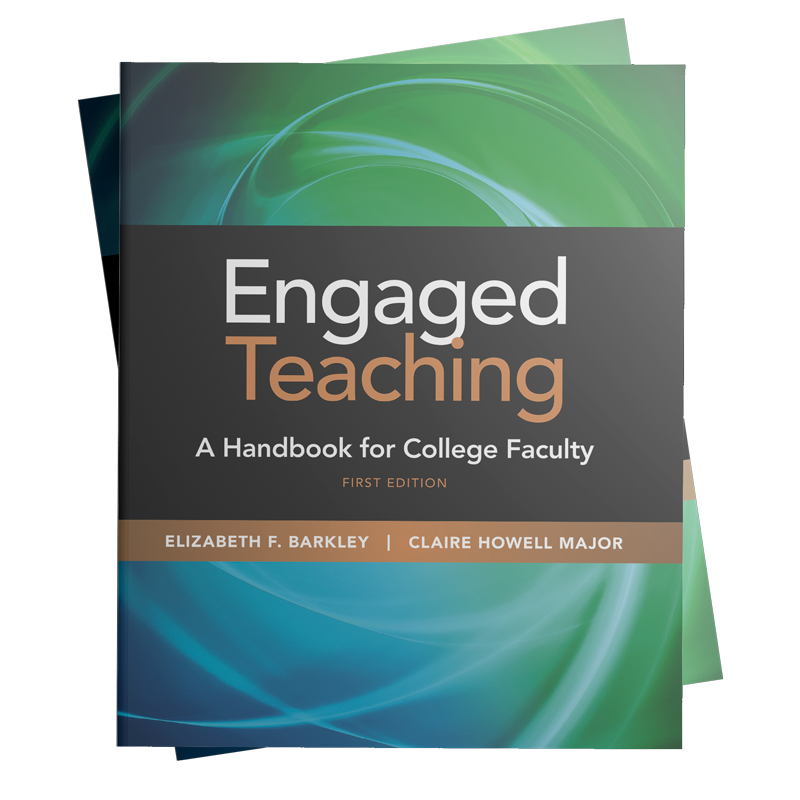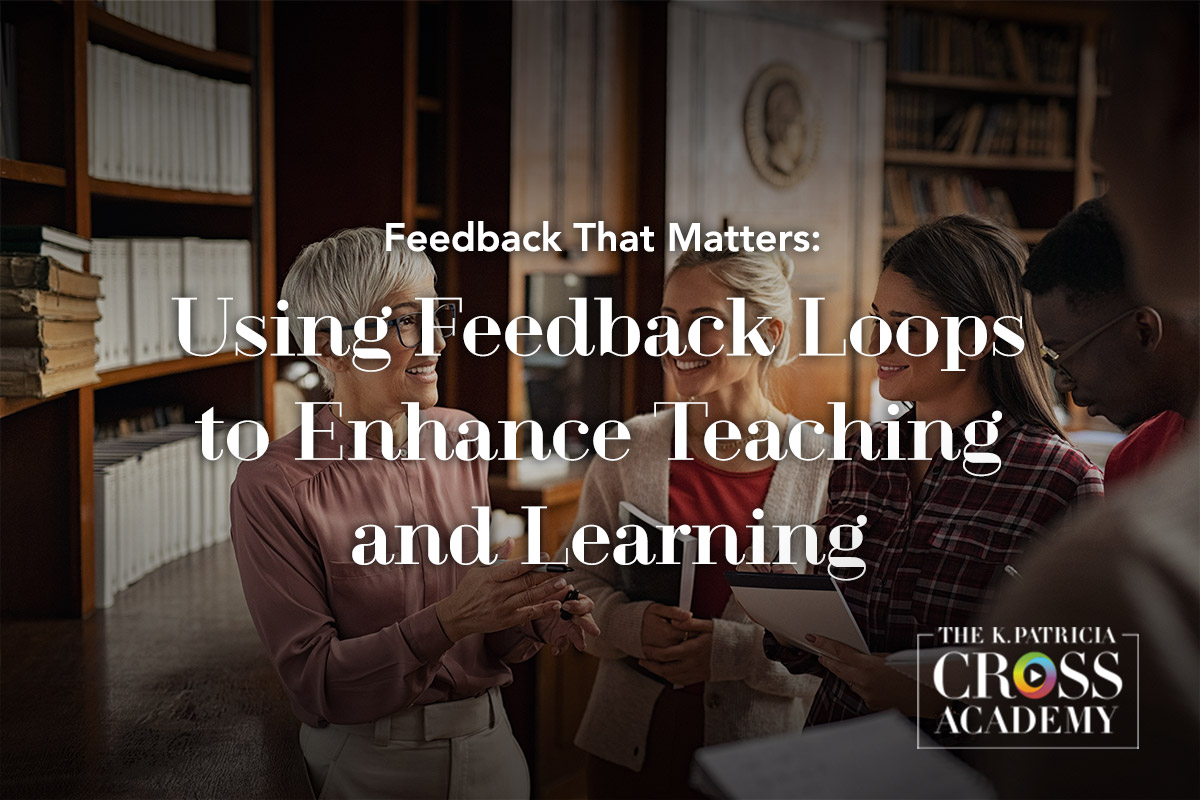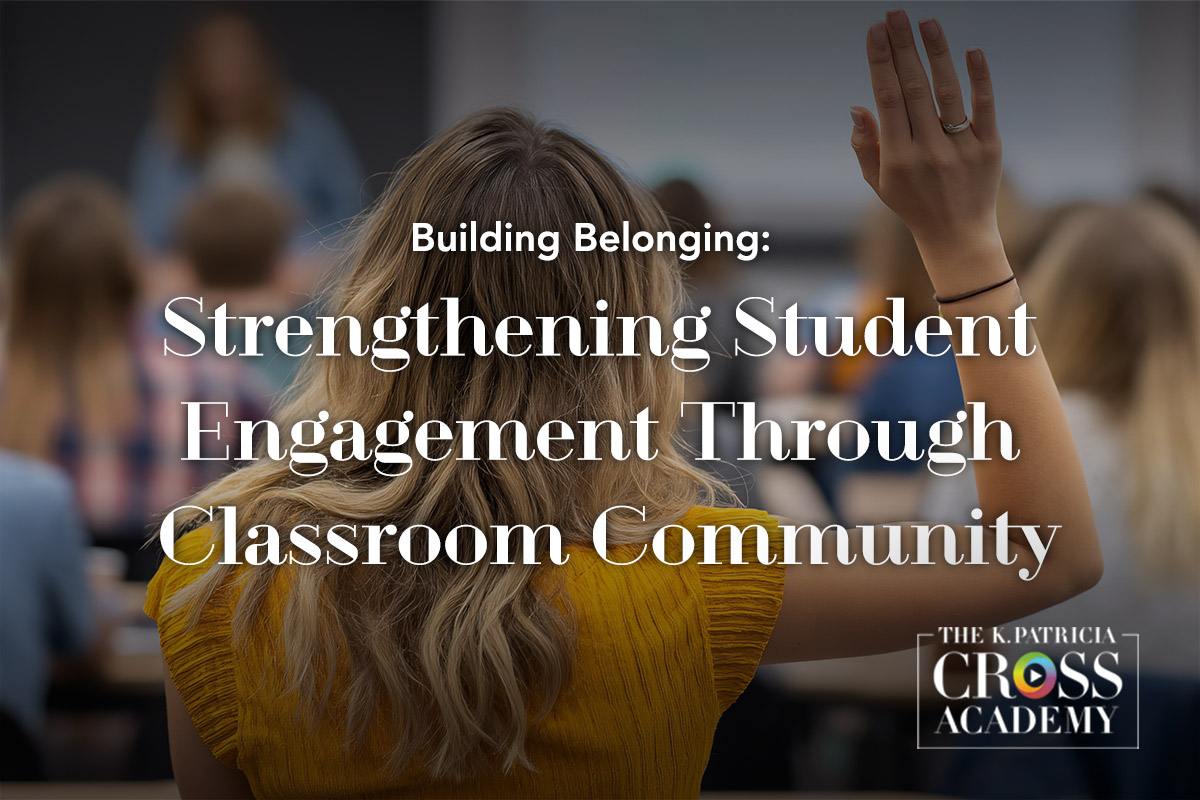
Research demonstrates that in a typical college classroom, most teachers pose a question and then wait less than one second for students to respond. As you might imagine, there are significant challenges with this practice. Allowing students such a short processing time almost guarantees you will not receive carefully thought out responses. It also promotes a classroom dynamic in which the same students tend to respond repeatedly.
Wait Time is the time between asking a question and taking a student response. Increasing this wait period–a concept developed by Rowe in the 1950s–improves responses.
Main Idea
Wait 3 to 7 seconds before responding to a question in order to improve student responses.
Rowe’s research demonstrated that:
If teachers can increase the average length of the pauses at both points [after interrogation and after student response], namely after a question (wait time 1) and, even more importantly, after a student response (wait time 2) to 3 seconds or more, there are pronounced changes (usually regarded as improvements) in student use of language and logic as well as in student and teacher attitudes and expectations
(Rowe, p. 43).
Rowe (1987) identified several enhancements to student learning as a consequence of wait time:
- The lengthening of student responses.
- An increase in the number of appropriate student responses that are not solicited.
- A rise in the number of speculative responses.
- A decline in the number of non-responding students.
- A rise in the number of responses from students identified as slow learners by their teachers.
- An increase in the academic achievement test scores of students.
Stahl (1995) observed that when teachers practice wait time, positive behavioral changes occur:
- Questioning strategies are typically more diverse and adaptable.
- The quantity of questions is reduced while the quality and variety increases.
- Instructors ask additional questions that require students to process information more intricately and to think at a higher level.

Stahl offers a variety of sorts of “think time” or “wait time,” some of which have been adapted below.
- Post-Instructor Question Wait-Time. The instructor pauses for a few seconds before taking responses. This Wait Time allows students sufficient uninterrupted time to first consider and then respond to the question. Lemov suggests providing guidance during this time (for example: I’d like to see a few more hands before taking responses).
- Post-Student Response Wait-Time. The class waits for a few seconds of silence after a student responds so that other students can contemplate contributing their opinions, remarks, or answers in response to the first student.
- Post-Student Question Wait-Time. Instructor pause-time is defined by the instructor taking a few seconds of undisturbed silence to carefully contemplate how to respond to a student’s question or comment.
- Post-Instructor Response Wait-Time. The class waits for a few seconds of undisturbed silence after the instructor responds to a student inquiry while other students consider contributing their responses, remarks, or answers in response.
Many teachers feel awkward when they first attempt to implement the Wait Time strategy. Too long of a wait time will cause discomfort, while too short will not produce the intended outcomes. It may help to share with students what “Wait Time” is and why you are using it. With practice you can become more attuned to appropriate Wait Times and in turn significantly improve student responses.
Example
An instructor liked to follow her presentations of material with a whole-class discussion, and worked hard to craft interesting, thoughtful questions to pose to the class. Yet she felt very awkward when either no one or the same few students would raise their hands to respond to her questions.
Her anxiety would increase as she wondered if students really didn’t have any thoughts to share or if they simply didn’t understand or hear her question. To ameliorate her discomfort, she often just answered the question herself. Recognizing that this was not fostering the kind of discussion she had hoped to have, she informed students that she was going to start implementing Wait Time to give them the time they needed to formulate their response.
What are some Cross Academy Techniques that are particularly appropriate for using Wait Time?
Wait Time is used when facilitating discussions, and hence this strategy is particularly effective when implementing the discussion-based Cross Academy Techniques. Here are three examples:
In a Think-Pair-Share, the instructor poses a question, gives students a few minutes to think about a response, and then asks students to share their ideas with a partner. Hence Think-Pair-Share.
In Translate That!, you pause your lecture and call on a student at random to “translate” the information you just provided into plain English for an imagined audience that you specify.
In Fishbowl, students form concentric circles with a small group inside and a larger group outside. Students in the inner circle engage in an in-depth discussion, while students in the outer circle listen and critique content, logic, and group interaction.
Key Reference and Resources
Barkley, E. F., & Major, C. H. (2018). Interactive lecturing: A handbook for college faculty. Jossey Bass/Wiley.
Rowe, M. B. (1974). Wait-time and rewards as instructional variables, their influence on language, logic, and fate control: Part one—wait-time. Journal of Research in Science Teaching, 11(2), 81–94.
Rowe, M. B. (1986). Wait time: Slowing down may be a way of speeding up! Journal of Teacher Education, 37, 43–50.
Stahl, R. J. (1995). Using “Think-Time” and “Wait-Time” skillfully in the classroom. ERIC Digest. https://eric.ed.gov/
Suggested Citation
Barkley, E. F., & Major, C. H. (n.d.). Wait for it! Improving student responses by increasing wait time. CrossCurrents. https://kpcrossacademy.ua.edu/wait-for-it-improving-student-responses-by-increasing-wait-time/

Engaged Teaching
A Handbook for College Faculty
Available now, Engaged Teaching: A Handbook for College Faculty provides college faculty with a dynamic model of what it means to be an engaged teacher and offers practical strategies and techniques for putting the model into practice.








